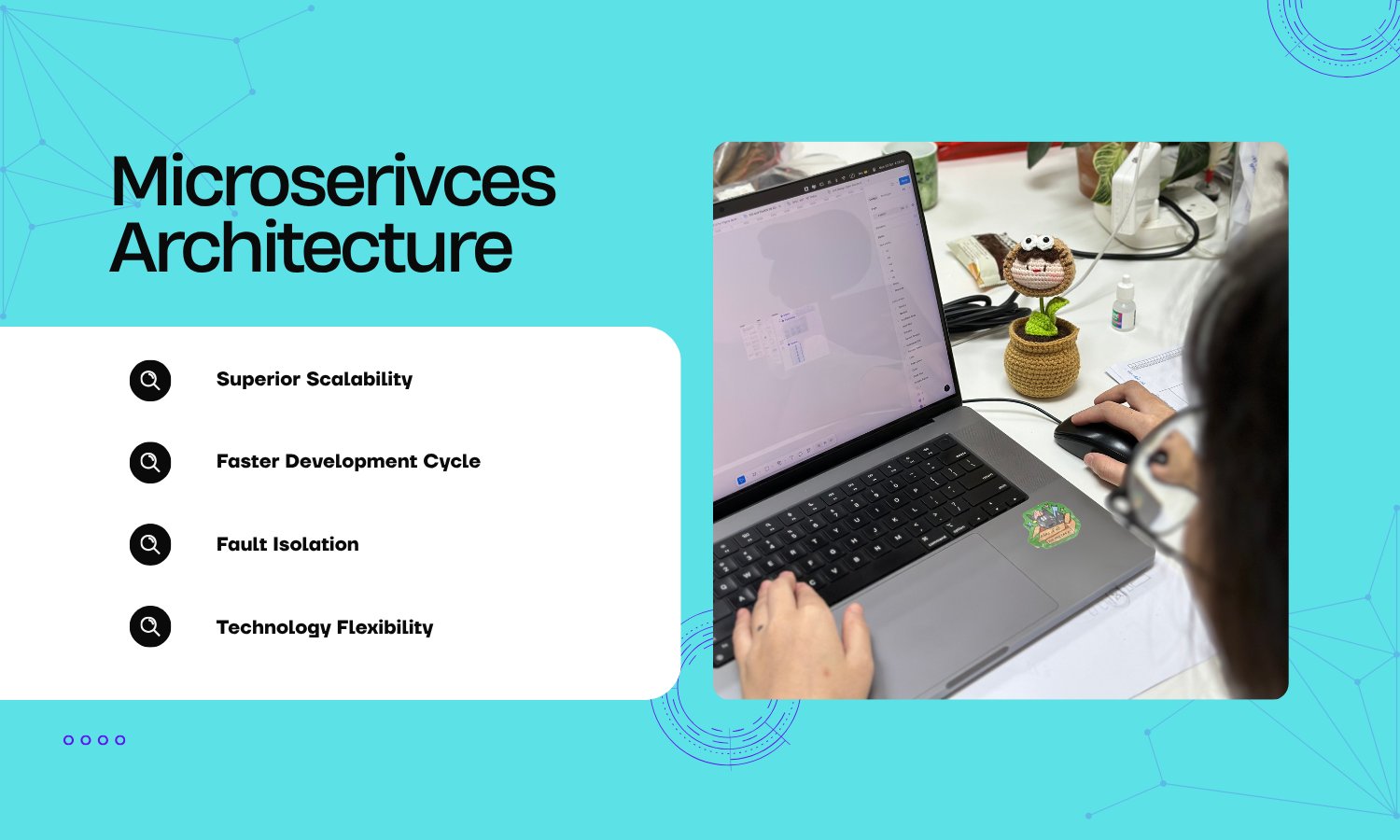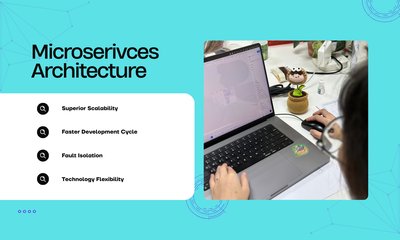Microservices Architecture Explained: The Network of Independent Services
By JoeVu, at: Oct. 28, 2022, 8:46 p.m.
Estimated Reading Time: __READING_TIME__ minutes


If the monolithic design is a single, large building, Microservices Architecture is an entire, modern city. It’s a distributed approach where a large application is broken down into smaller, independent services that communicate over a network.
What Exactly are Microservices?
A microservices application is a collection of small, autonomous services, each representing a distinct business capability (like "Inventory," "Payment," or "User Management")
-
Independent Deployment: Each service can be built, tested, and deployed independently without affecting others
-
Decoupled Services: They do not share codebases or databases. Communication happens via lightweight mechanisms like APIs (e.g., REST or gRPC) or message queues
-
Technology Heterogeneity: Teams are free to choose the best programming language, framework, and database for each specific service.
The Good Side of the City
Microservices shine when dealing with complexity and scale:
-
Superior Scalability: You can scale individual services based on load. If your "Search" service is busy, you only replicate that service, saving costs and resources
-
Faster Development Cycle: Small teams can work on their own service independently, leading to faster development, testing, and deployment of features
-
Fault Isolation (Resilience): If one service fails (e.g., the "Recommendation Engine" crashes), the rest of the application (like "Checkout" and "Login") remains functional
-
Technology Flexibility: Teams can adopt new technologies without having to rewrite the entire application
The Challenges of a Distributed Network
The complexity shifts from the codebase to the operational environment:
-
Operational Complexity: Running dozens or hundreds of services requires specialized tools for monitoring, logging, and coordination (like Docker and Kubernetes)
-
Distributed Transactions: Operations that span multiple services (e.g., placing an order that updates inventory and processes payment) become significantly harder to manage and ensure data consistency
-
Debugging Overhead: Following a request across multiple services and network calls is much more complex than following a function call within a single application
-
Higher Costs: The operational infrastructure (network, servers, service mesh) needed to support a distributed system is more expensive than for a single monolith.
When Does it Make Sense?
Microservices are the gold standard for large, complex, and highly scalable applications (like Netflix, Amazon, or Uber) where high availability, rapid independent deployments, and technology diversity are critical requirements.
For simple or new applications, the operational overhead often outweighs the benefits.




